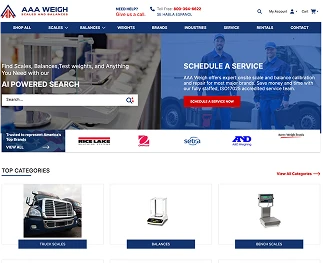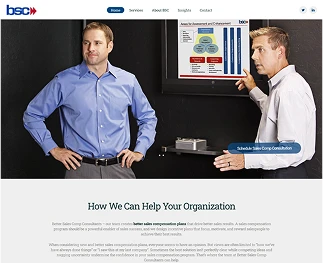Search Engine Optimization (SEO): Drive Organic Growth
Increase your online visibility and drive sustainable growth with our comprehensive Search Engine Optimization (SEO) services. We specialize in implementing data-driven strategies that improve your website’s organic rankings, attract targeted traffic, and maximize your online presence. Our expert team leverages proven techniques to ensure lasting results and a strong return on investment.
Why Invest in Professional SEO Services?
Effective SEO is crucial for driving organic traffic and establishing your brand’s authority online. By optimizing your website for search engines, you can reach a wider audience and attract qualified leads.
Unlike paid advertising, SEO delivers long-term results and a sustainable return on investment. Our strategies are designed to improve your website’s rankings over time, ensuring consistent traffic and growth.
In today’s competitive digital landscape, SEO is essential for staying ahead of the competition. We help you outrank your competitors and capture a larger share of your target market.
Our Search Engine Optimization (SEO) Services:
-
-
- Keyword Research and Strategy
- On-Page Optimization (Title Tags, Meta Descriptions, Content)
- Technical SEO (Site Speed, Mobile Optimization, Crawlability)
- Content Creation and Optimization
- Link Building and Authority Building
- Local SEO Optimization
- SEO Audits and Performance Analysis
- E-commerce SEO
-
Our SEO Process:
Our SEO process is data-driven and results-oriented. We begin with a comprehensive SEO audit to identify areas for improvement and develop a customized strategy tailored to your business goals.
We provide ongoing optimization and detailed reporting to track your progress and ensure your SEO campaigns are delivering maximum results. Our transparent approach keeps you informed and involved throughout the process.
Benefits of Our SEO Services:
Our SEO services are designed to increase your organic traffic, generate qualified leads, and drive sales. We help you reach your target audience and achieve your business objectives.
By improving your website’s rankings, we enhance your brand’s authority and credibility online. We help you establish yourself as a trusted leader in your industry.
Let's Talk SEO!


